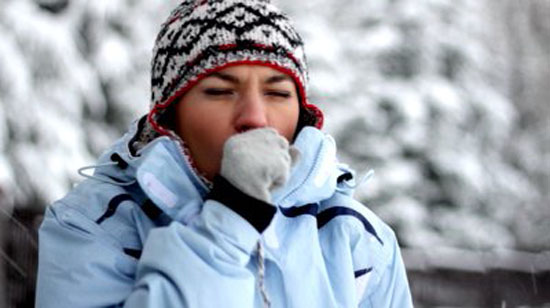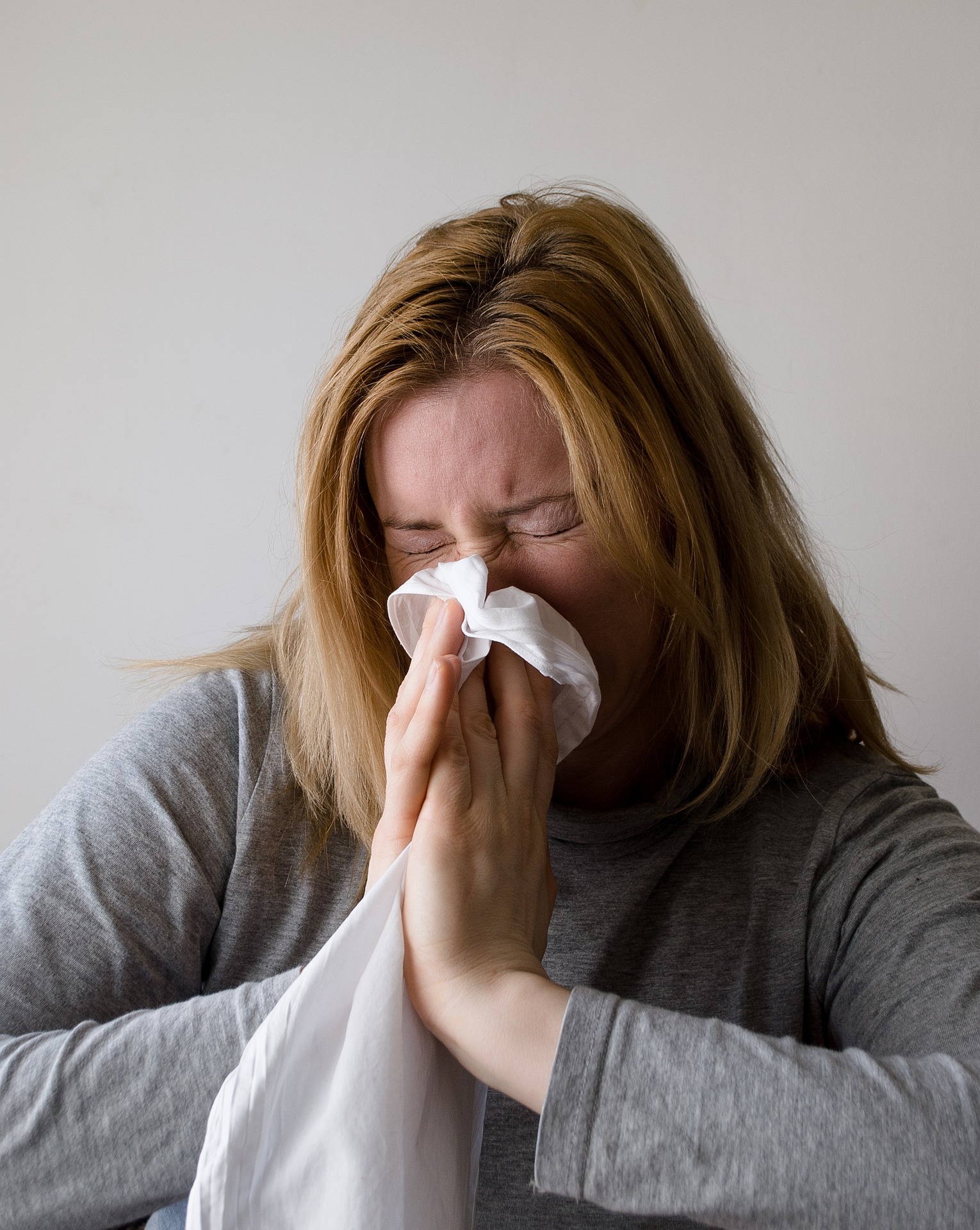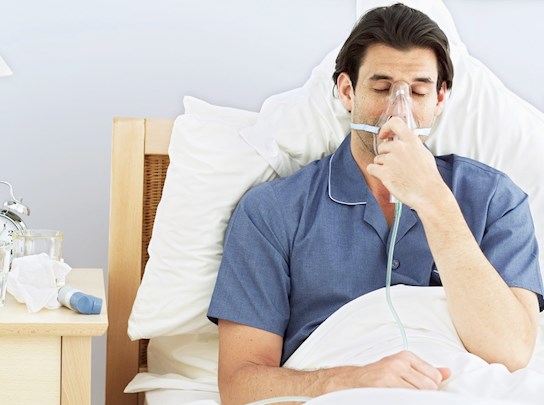Cold weather diseases are coming to your facility. The Fall and Winter months are peak times for many illnesses and sicknesses. Each year, millions of people experience fevers, sore throats, dry coughs, and other symptoms related to a cold-weather illness. In fact, colds are more common during the winter than any other season.

WHY COLD WEATHER ILLNESSES SPREAD MORE IN THE FALL AND WINTER
Cool and frigid temperatures force people indoors, meaning your facility may see a spike in traffic. This increases the sharing of surfaces and equipment, creating an upsurge in sharing of germs. In one study participants admitted continuing to go to the gym with fever, chills, sore throats and other indications of illness.
Pathogens are able to survive in your business for hours, even days, infecting visitors and employees. Keeping facilities healthy and as germ free as possible requires routine sanitizing and disinfecting to help stop the spread of bacteria.
COMMON COLD WEATHER DISEASES
There are many many bacteria and viruses that cause illness. These are 5 of the most common ones known to sicken people during fall and winter months.

1. THE COMMON COLD
It’s estimated that over one billion people in the U.S. catch a cold every year. The average adult cycles through 2-3 colds each year, and that number is double for children.
Contaminated surfaces, air droplets from a sick person who coughs or sneezes, and even shaking hands can spread your cold to others. In your facility, germs that cause the common cold reside on surfaces like fitness equipment, computer keyboards or touch screens, in bathrooms, and on door handles/ knobs.
2. NOROVIRUS
Instances of Norovirus — the stomach flu — peak between January and March. Symptoms include stomach pain, nausea, diarrhea, and vomiting.
Once exposed to norovirus, it takes up to 48 hours for symptoms to appear. These germs can live for weeks on a non-porous surface. Norovirus spreads through vomit, fecal matter, air droplets, and to surfaces via microscopic particles. This cold-weather disease thrives in shared environments like offices, schools, and cruise ships where many people are sharing surfaces.
The most common places norovirus may be hiding in your facility include the kitchen, the bathroom, and shared equipment like buffet serving spoons, treadmills, and community supplies.

3. INFLUENZA
Third on the list of cold weather diseases is Influenza — the flu. The CDC estimated that during the 2023–2024 flu season, at least 34 million people in the US became ill with it. Influenza peaks between December and February, as the virus loves cooler temperatures and is able to survive longer when it’s cold.
On a hard surface, influenza can live for 24 hours. On a porous surface like a tissue used by someone who is sick it will only live about 15 minutes on average. When a contaminated person coughs or sneezes the virus can spread as an airborne pathogen
Each year, different strains of the flu spread. H1N1 and H3N2 are common types of flu viruses. Influenza generally spreads through the air or direct contact with a sick individual. However, it’s possible for the illness to spread through touching contaminated surfaces like the office copier, classroom desks, or buttons in a hotel elevator.
4. BRONCHIOLITIS
This common cold-weather disease shouldn’t be confused with bronchitis. Bronchiolitis is a respiratory tract infection of the bronchioles, which leads to difficulty breathing. It affects children most often, primarily up to age 2. Since their airways aren’t fully developed, young children and babies are highly susceptible to developing bronchiolitis.
Viruses that cause this infection include RSV, rhinovirus and influenza among others. In other words, most of the common fall and winter viruses on this list! Not surprisingly, bronchiolitis peaks during the fall and winter seasons also. The viruses that cause bronchiolitis can live on surfaces and in the air for considerable lengths of time and is quickly and easily spread through touching, breathing, and ingestion.

Photo by Google Images
5. PNEUMONIA
Finally, millions suffer from dangerous pneumonia each year. This cold-weather disease is also especially dangerous to the elderly because it can trigger complications with its quick onset and tendency to spread through the body quickly.
Pneumonia peaks with cold and flu season in the fall and winter, sometimes carrying over into early spring. Generally, it will develop as a secondary infection after someone has a cold or flu when the body is weakened. Again, pneumonia spreads through airborne pathogens, contaminated surfaces, and contaminated hands. Notice a trend?
KILLING COLD WEATHER DISEASES IN YOUR BUSINESS
If you haven’t been prioritizing sanitizing and disinfecting in your facility, now is the time to start. From October to March, plan on ramping up your cleaning schedule to focus on keeping surfaces as germ-free as possible for guests, especially “high-touch” surfaces.
Purchase wipe dispensers and stands and hand sanitizing wipes to allow your guests and visitors to do their part in minimizing the spread of germs and bacteria. Place them in high traffic areas throughout your facility to show that hygiene and cleanliness is your priority and to remind them to sanitize hands.
